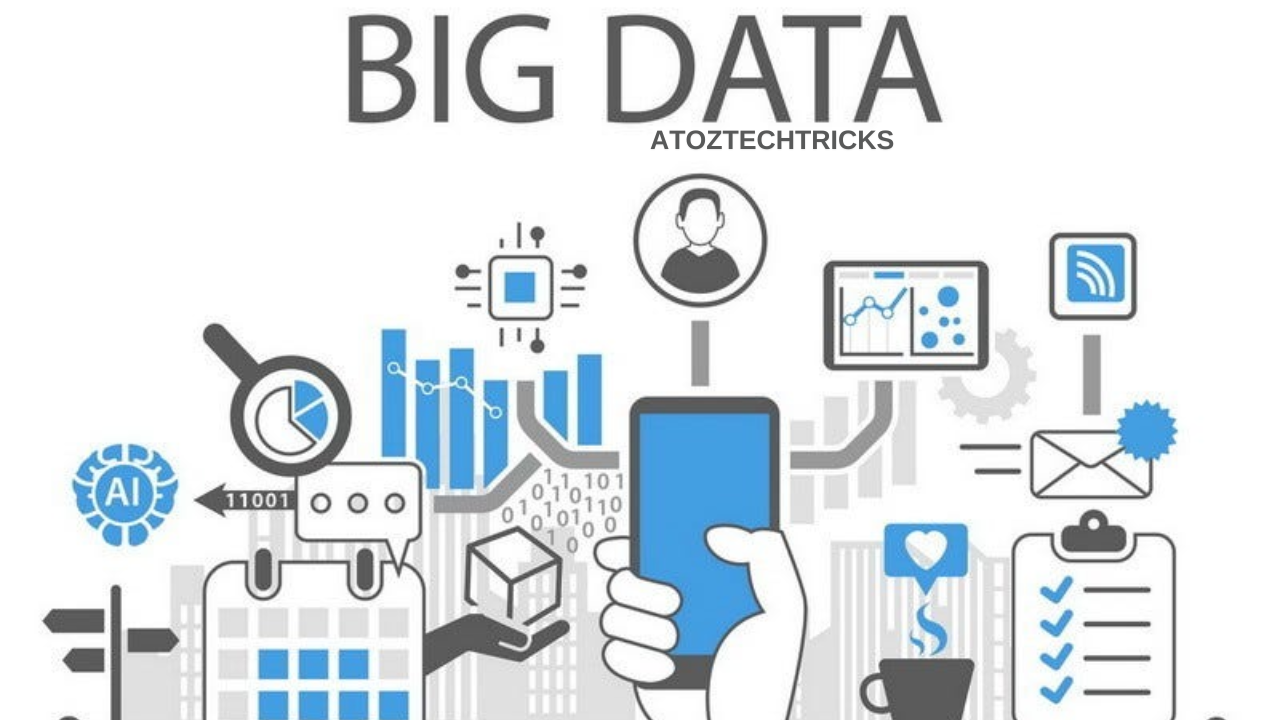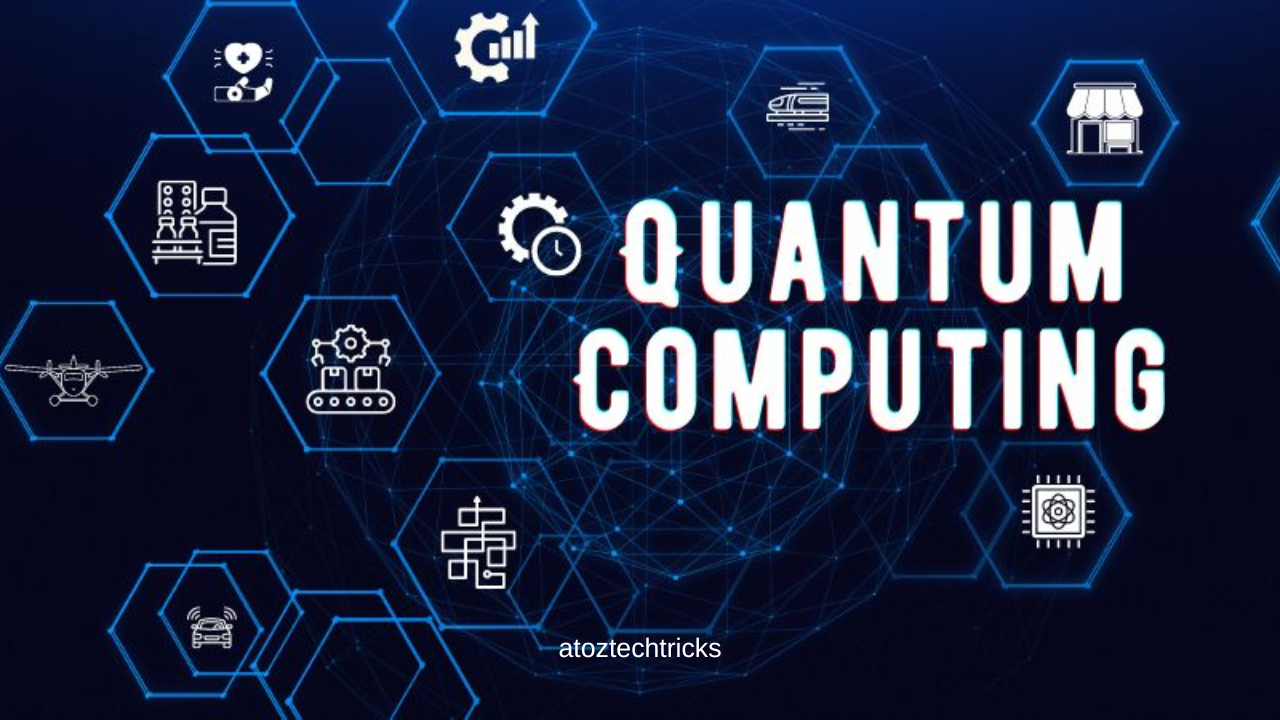Data Privacy and Security in the Age of Big Data
In today’s digital era, big data is a powerful tool that drives innovation, fuels business decisions, and personalizes user experiences. However, with the explosion of data comes a heightened risk to data privacy and security. This comprehensive guide explores the critical aspects of data privacy and security in the age of big data, emphasizing the challenges, solutions, and strategies to safeguard sensitive information.
Understanding Big Data
Big Data Defined
Big data refers to the vast volumes of data generated at high velocity from various sources, including social media, IoT devices, financial transactions, and more. This data is characterized by the “three Vs”: volume, velocity, and variety.
- Volume: The sheer amount of data produced every second.
- Velocity: The speed at which data is created and processed.
- Variety: The different types of data, such as structured, semi-structured, and unstructured.
The Role of Big Data
Big data analytics enables organizations to uncover insights, predict trends, and make informed decisions. For instance, businesses use big data to enhance customer experiences, optimize operations, and identify market opportunities. Despite these advantages, big data also introduces complex challenges related to privacy and security.
The Privacy Challenges of Big Data
1. Data Collection and Storage
The sheer volume of data collected raises concerns about how it is stored and managed. Data collected from various sources often includes personal information, which, if not properly secured, can be vulnerable to breaches. The centralized storage of vast amounts of data in data warehouses or cloud services increases the risk of unauthorized access.
2. Data Aggregation and Profiling
Big data allows for the aggregation of disparate data sets to create comprehensive profiles of individuals. This can lead to privacy invasions, as detailed profiles might reveal sensitive information without explicit consent from the individuals involved. For example, combining data from social media, purchasing history, and online behaviour can paint a detailed picture of a person’s preferences and habits.
3. Data Sharing and Third-Party Access
Organizations often share data with third parties for analysis or marketing purposes. While this can provide valuable insights, it also poses risks if the third parties do not adhere to strict data protection standards. The lack of transparency about how data is used and shared can erode trust and compromise privacy.
4. Consent and Transparency
Obtaining informed consent from individuals is a fundamental principle of data privacy. However, in the big data era, consent can become complex due to the vast and varied sources of data. Ensuring that individuals are fully aware of and agree with how their data is used requires clear communication and transparent practices.

Data Security Threats in the Big Data Landscape
1. Cyberattacks and Data Breaches
Cyberattacks are a significant threat to data security. Attackers often target large data repositories to gain access to sensitive information. Data breaches can result in financial losses, reputational damage, and legal consequences for organizations. High-profile breaches, such as those involving credit card data or personal health information, highlight the need for robust security measures.
2. Insider Threats
Insider threats involve employees or other individuals with legitimate access to data who misuse it for malicious purposes. These threats can be challenging to detect and prevent. Insider threats might involve data theft, unauthorized data access, or sabotage.
3. Weak Encryption Practices
Encryption is a critical tool for protecting data, but weak or outdated encryption practices can leave data vulnerable to unauthorized access. Ensuring that data is encrypted both at rest and in transit is essential for maintaining security.
4. Inadequate Access Controls
Access controls manage who can view or interact with data. Inadequate access controls can lead to unauthorized access, whether through compromised credentials or poor security practices. Implementing strict access controls, such as role-based access and multi-factor authentication, helps mitigate this risk.
Strategies for Ensuring Data Privacy and Security
1. Implementing Strong Data Governance
Effective data governance involves establishing policies and procedures for data management, security, and compliance. This includes defining data ownership, setting access controls, and ensuring data quality and integrity. A robust data governance framework helps organizations manage data responsibly and ensure privacy and security.
2. Adopting Advanced Encryption Technologies
Encryption is vital for protecting data from unauthorized access. Organizations should use strong encryption algorithms and keep up with the latest advancements in encryption technology. Encrypting data at rest and in transit ensures that even if data is intercepted, it remains secure.
3. Regular Security Audits and Monitoring
Regular security audits and continuous monitoring help identify vulnerabilities and ensure that security measures are effective. Audits assess the effectiveness of security practices, while monitoring detects potential threats in real time. Implementing automated tools for monitoring and alerting can enhance the ability to respond to security incidents promptly.
4. Educating and Training Employees
Employees play a crucial role in data security. Regular training on best practices, phishing awareness, and secure data handling helps reduce the risk of insider threats and human errors. Ensuring that employees understand the importance of data privacy and security can significantly improve an organization’s overall security posture.
5. Ensuring Compliance with Regulations
Compliance with data protection regulations, such as the General Data Protection Regulation (GDPR) and the California Consumer Privacy Act (CCPA), is essential for protecting privacy. These regulations set standards for data collection, processing, and storage, and provide individuals with rights over their data. Organizations must stay informed about regulatory changes and ensure compliance to avoid legal issues and penalties.
6. Implementing Data Minimization Practices
Data minimization involves collecting only the data necessary for specific purposes. By reducing the amount of data collected and stored, organizations can limit the potential impact of data breaches and enhance privacy. Implementing data minimization practices helps align with privacy principles and reduces the risk of unauthorized access.
7. Utilizing Privacy-Enhancing Technologies (PETs)
Privacy-enhancing technologies (PETs) are tools and techniques designed to protect data privacy while enabling data analysis. PETs include techniques such as anonymization, pseudonymization, and differential privacy. These technologies help organizations balance the need for data analysis with the requirement to protect individuals’ privacy.
The Future of Data Privacy and Security
1. Evolving Threat Landscape
As technology advances, so do the tactics and tools used by cybercriminals. The threat landscape is constantly evolving, requiring organizations to stay ahead of emerging threats and adapt their security measures accordingly. Investments in cutting-edge security technologies and threat intelligence can help mitigate risks and protect data.
2. Increasing Focus on Privacy by Design
Privacy by design is a proactive approach to data protection that involves integrating privacy considerations into the design and development of systems and processes. This approach ensures that privacy is considered from the outset, rather than as an afterthought. Organizations are increasingly adopting privacy-by-design principles to enhance data protection and compliance.
3. The Role of Artificial Intelligence and Machine Learning
Artificial Intelligence (AI) and Machine Learning (ML) have the potential to enhance data security by identifying patterns and anomalies that may indicate security threats. These technologies can improve threat detection, automate responses, and enhance overall security measures. However, they also present new challenges, such as ensuring that AI systems do not inadvertently compromise privacy.
4. Emphasis on Consumer Rights and Empowerment
Consumer rights and empowerment are becoming central to data privacy discussions. Individuals are increasingly demanding control over their data and greater transparency about how it is used. Organizations must address these demands by providing clear information about data practices, allowing individuals to exercise their rights, and fostering trust through transparent practices.
In the age of big data, data privacy and security are more critical than ever. As organizations harness the power of big data to drive innovation and gain insights, they must also address the accompanying privacy and security challenges. By implementing strong data governance, adopting advanced encryption technologies, ensuring compliance with regulations, and staying informed about emerging threats, organizations can protect sensitive information and build trust with their stakeholders.

The evolving landscape of data privacy and security requires a proactive and adaptive approach. Embracing privacy-enhancing technologies, investing in employee training, and prioritizing consumer rights are essential steps in safeguarding data in the digital age. As technology continues to advance, balancing the benefits of big data with robust privacy and security practices will remain a critical priority for organizations worldwide.




Post Comment